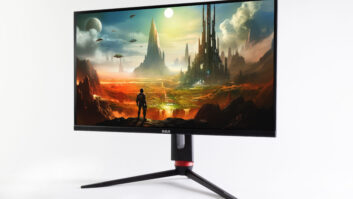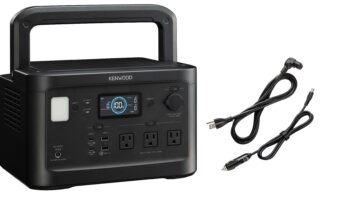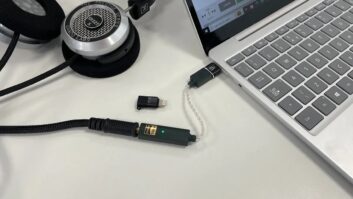The flat-panel desktop monitor category spent most of 1999 pricing itself out of the home consumer market, but vendors expect this situation to turn around this year.
Part of the expected price drop will come from the alleviation of the LCD panel shortage that has plagued the category. Also, to encourage sales, some vendors will drop prices and just break even on their product.
LCD monitor prices have settled down slightly since the high-water mark they hit this past summer. The average price for TFT 14- and 15-inch models hovered around $1,100 and $1,300, respectively.
Prices are now in the $900 to $1,200 range — which is still significantly above the sub-$799 and $899 tags these products carried in late 1998. At that time vendors believed flat-panel monitors were on the verge of becoming a mass-market product and a potential challenge to CRT-based monitors for market share.
“Sales pretty much died for us starting last November [1998],” said Todd Fender, NEC Technologies LCD line product manager, “but are now starting to come back a little.”
Sally Wang, ViewSonic’s product line manager, said, “The rumors for six months have been that prices will start going down, but we still don’t expect to see that until the second quarter [of 2000]. We are in a watch-and-wait mode right now.”
ViewSonic plans to get a head start in remaining competitive by hitting an $899 price point with a 14-inch model in the first quarter.
This price was not determined by the forces of supply and demand, Wang said, but was lowered because ViewSonic thinks other companies will lower their prices to regain consumer interest in the category.
KDS America is also in this price range, with a 14-inch model at $899 and a 15-inch for an extra $100.
NEC has already lowered prices, Fender said, with two 15-inch models being reduced by $100 to $1,199 and $1,059. The actual street price for the latter unit may even drift below $1,000, he said. However, no further price reductions are planned.
NEC also has a 14-inch model on the market, but it will be phased out in the next month or so as manufacturers switch to producing 15-inch panels.
“We were able to reduce prices by forgoing some margin on these models, but we will make it up on some higher-priced units,” Fender said. Because of this move, retailers appear to be willing to take a chance and stock more NEC models, he said.
A spokesman for KDS said retailers scaled back the number of LCD models kept in stock but never fully eliminated these products from their stores.
“The interest was always there from the retailers, and they always kept a couple on display for appearance’s sake,” the spokesman said, adding that the LCD’s high-tech appearance is a good way to attract customers.
The price hikes last year killed any chance of LCD monitors grabbing serious market share from the CRT-based displays in 1999. Instead many vendors pulled back on their retail plans for the remainder of the year.
With additional LCD manufacturing capacity now coming online in Asia, prices will continue to drop, vendors said. Viewsonic, NEC and KDS America all see the end of the LCD panel shortage, which initiated the price hike, as being fully alleviated by mid-2000.
The year-long pricing situation has not caused many vendors to give up on the category and most continue to roll out new models. At Comdex last November, for example, ViewSonic, NEC and several others manufacturers showed new models.
Another indicator of faith in the LCD category is the late-1999 introduction of 17- and 18.1-inch flat-panel monitors by all the major players. Although the companies do think the larger displays will enjoy large price reductions this year, these models are not intended to be big sellers to home users, but are seen as displaying technological prowess.













